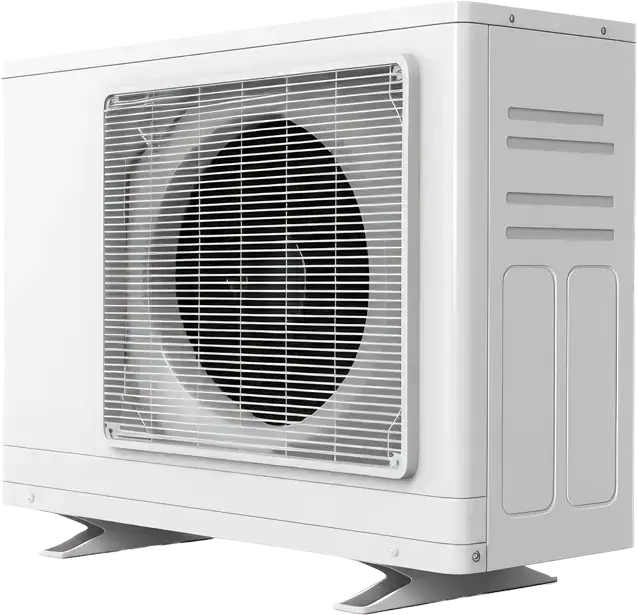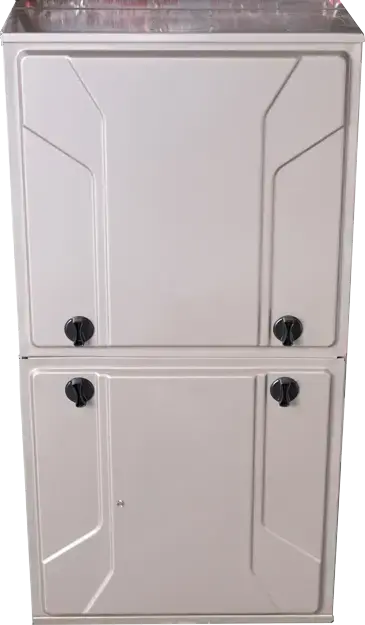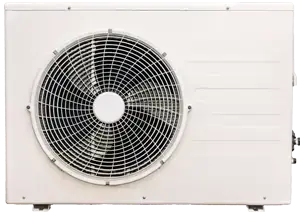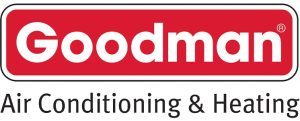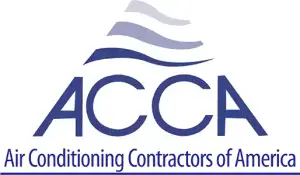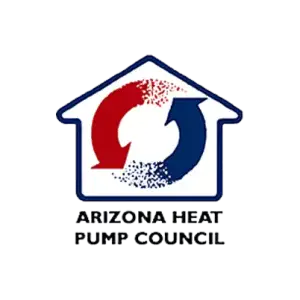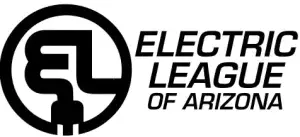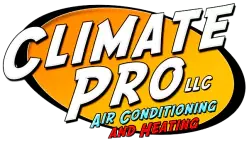When Your AC Fails in Biltmore’s Desert Heat
The scorching Arizona sun doesn’t wait for convenient timing when your air conditioning system suddenly stops working. In Biltmore, where summer temperatures routinely soar above 110 degrees Fahrenheit, a malfunctioning AC unit transforms from an inconvenience into a genuine emergency within hours. At Climate Pro, LLC, we understand that emergency AC repair isn’t just about comfort—it’s about protecting your family’s health and preserving your home’s integrity during extreme heat conditions that can make indoor spaces dangerous without proper cooling.
Our emergency response team specializes in rapid diagnostics and repairs throughout the Phoenix Metro Area, including Biltmore, Gilbert, Chandler, Higley, Mesa, Ahwatukee, and Sun Lakes. We’ve developed systematic approaches to address the most common emergency failures that plague air conditioning systems in our desert climate, from compressor failures and refrigerant leaks to electrical malfunctions and frozen evaporator coils. Each emergency call receives priority treatment because we know that every minute without cooling during an Arizona summer can feel like an eternity.
Common AC Emergencies and Rapid Solutions
Emergency air conditioning failures in Biltmore often follow predictable patterns tied to our unique environmental conditions. The combination of extreme heat, monsoon humidity fluctuations, and accumulated dust creates perfect conditions for sudden system breakdowns. Compressor failures represent approximately 35% of emergency calls we receive, typically occurring when units work overtime during heat waves exceeding 115 degrees. These failures manifest as warm air blowing from vents despite the system running continuously, often accompanied by unusual noises or complete system shutdown.
Refrigerant leaks constitute another major emergency category, particularly in systems over seven years old where corrosion has weakened copper coils. When refrigerant levels drop below operational thresholds, your system loses its ability to transfer heat effectively, causing indoor temperatures to rise rapidly despite continuous operation. We employ advanced leak detection equipment including electronic sniffers and ultraviolet dye systems to pinpoint microscopic leaks that traditional methods might miss. Our technicians carry comprehensive refrigerant supplies to address various system requirements, from older R-22 units to modern R-410A systems, ensuring immediate restoration of cooling capacity once leaks are sealed.
Diagnostic Procedures and Technical Expertise
Our emergency diagnostic process begins the moment you contact us, with our dispatchers gathering critical information about your system’s symptoms, age, and recent maintenance history. This preliminary assessment helps our technicians arrive prepared with the most likely replacement parts and specialized tools needed for your specific emergency. Upon arrival, we conduct a comprehensive system evaluation that examines electrical components, mechanical operations, refrigerant pressures, and airflow characteristics to identify both primary failures and underlying issues that could cause future emergencies.
Advanced diagnostic tools including digital manifold gauges, thermal imaging cameras, and electrical meters allow us to quickly isolate problems that might otherwise require hours of troubleshooting. For instance, thermal imaging reveals hot spots in electrical panels indicating failing contactors or capacitors before complete failure occurs. This technology proves especially valuable during nighttime emergency calls when visual inspection becomes challenging. Our technicians undergo continuous training on emerging diagnostic technologies and repair techniques, ensuring we can address failures in both legacy systems and cutting-edge smart HVAC installations.
Emergency Response Times and Service Areas
Response time during AC emergencies can mean the difference between minor discomfort and heat-related health risks, particularly for vulnerable populations including elderly residents, young children, and those with medical conditions. We maintain strategic positioning of our emergency response vehicles throughout the Phoenix Metro Area to minimize travel times to Biltmore and surrounding communities. Average response times range from 45 minutes to two hours depending on location and current call volume, with priority given to situations involving health concerns or complete system failures during extreme temperature events.
Our emergency service extends beyond simple repairs to include temporary cooling solutions when immediate fixes aren’t possible. We maintain portable AC units and industrial fans that can provide relief while parts are sourced or major repairs are scheduled. This comprehensive approach reflects our commitment expressed in Our “Golden Rule” Guarantee: When a company “says” they will do a good job for you, if they really mean it, then they should also offer, and be willing, to guarantee your satisfaction in writing to protect you. We promise that you will be satisfied with the new system(s) that we have installed in your home. If, for any reason, you are not satisfied with the performance of your system(s) during the first full year after installation, just let us know. We will make it right, or cheerfully remove the system and return 100% of your money.
Preventive Measures and System Protection
While emergency repairs restore immediate comfort, understanding failure causes helps prevent future emergencies. Arizona’s unique climate demands specific preventive measures that differ significantly from maintenance requirements in other regions.
- Monthly filter inspections during peak cooling season prevent airflow restrictions that cause evaporator coil freezing
- Bi-annual coil cleaning removes accumulated desert dust that reduces heat transfer efficiency by up to 40%
- Annual electrical component testing identifies weakening capacitors and contactors before complete failure occurs
These preventive measures become particularly critical for Biltmore homes with southern exposures or minimal shade coverage where AC systems experience maximum stress. We’ve observed that systems receiving regular maintenance experience 60% fewer emergency failures compared to neglected units, with average repair costs reduced by approximately 45% due to early problem detection.
Cost Factors and Emergency Service Investments
Emergency AC repair costs vary significantly based on failure type, system age, and required parts availability. Basic electrical component replacements such as capacitors or contactors typically range from $150 to $450, while major component failures like compressor replacements can exceed $2,500 depending on system capacity and efficiency ratings. After-hours emergency service necessarily includes premium pricing to maintain 24/7 technician availability, though we provide detailed cost breakdowns before beginning any repairs to ensure transparency and allow informed decisions.
Investment in emergency repairs versus system replacement requires careful consideration of multiple factors including system age, repair history, and energy efficiency improvements available with newer equipment. Systems exceeding 12 years old experiencing major component failures often benefit from replacement rather than repair, particularly when considering Arizona’s high cooling demands and potential energy savings from modern high-efficiency units. We provide honest assessments of repair versus replacement options, helping homeowners make cost-effective decisions aligned with their long-term comfort and budget goals.
